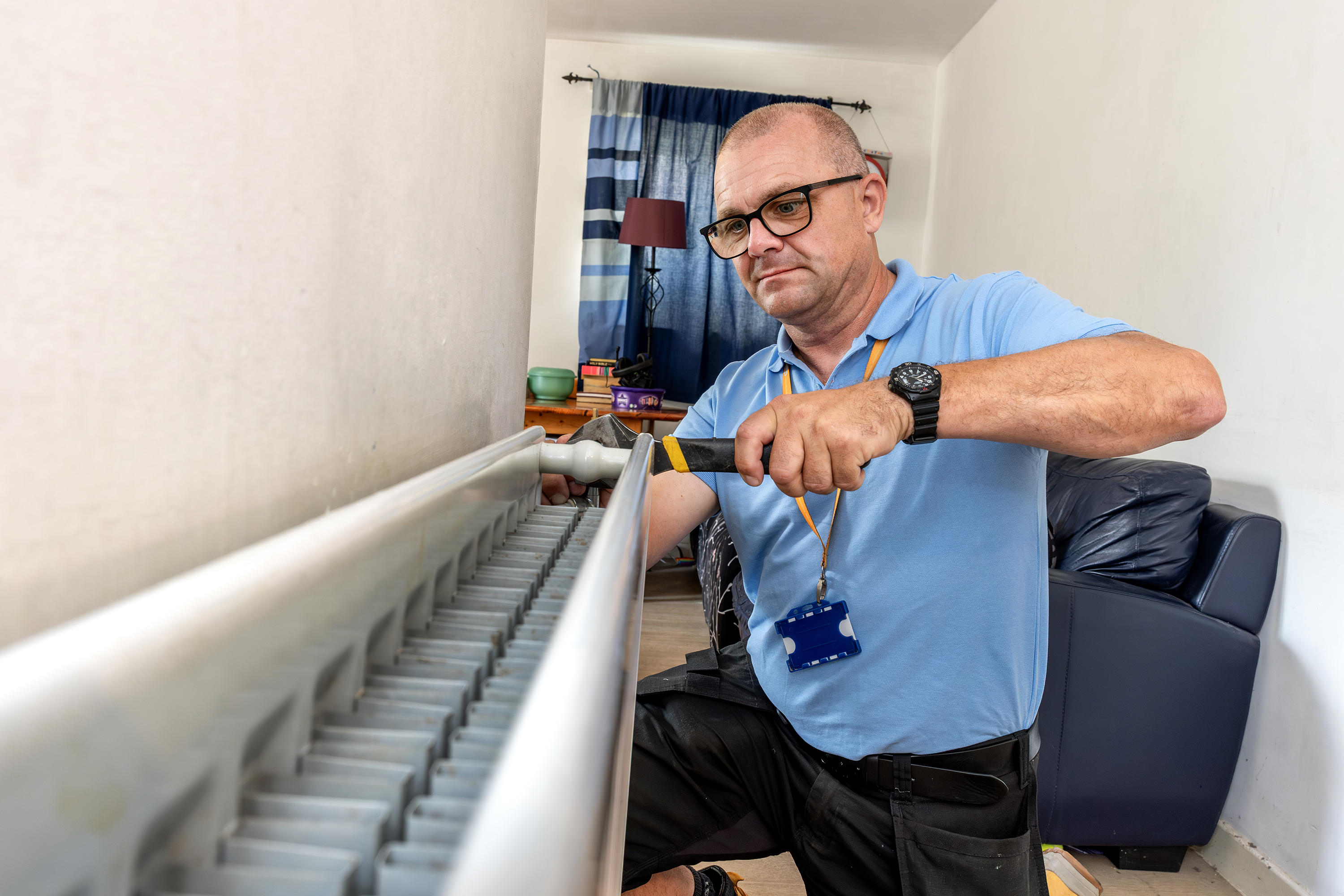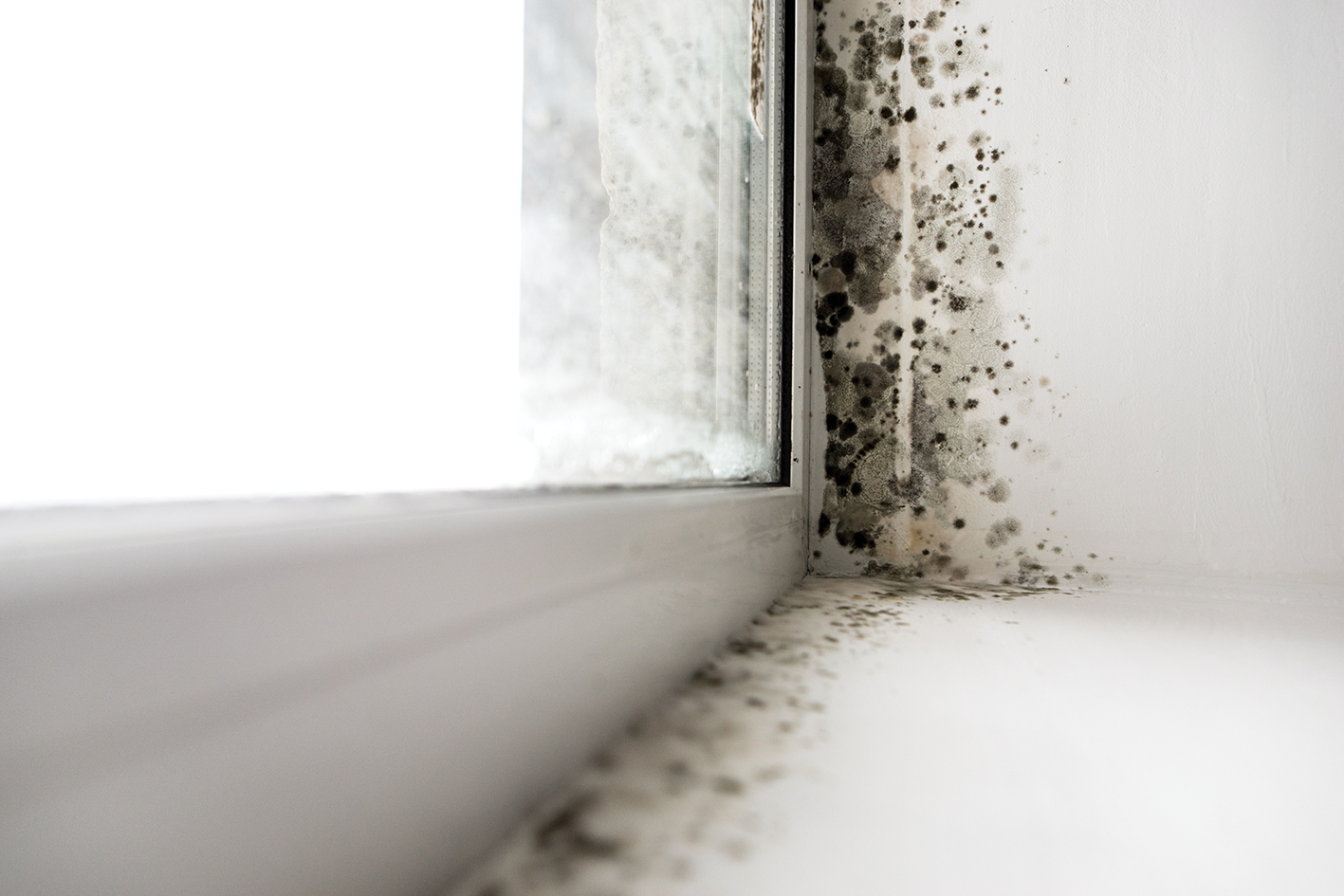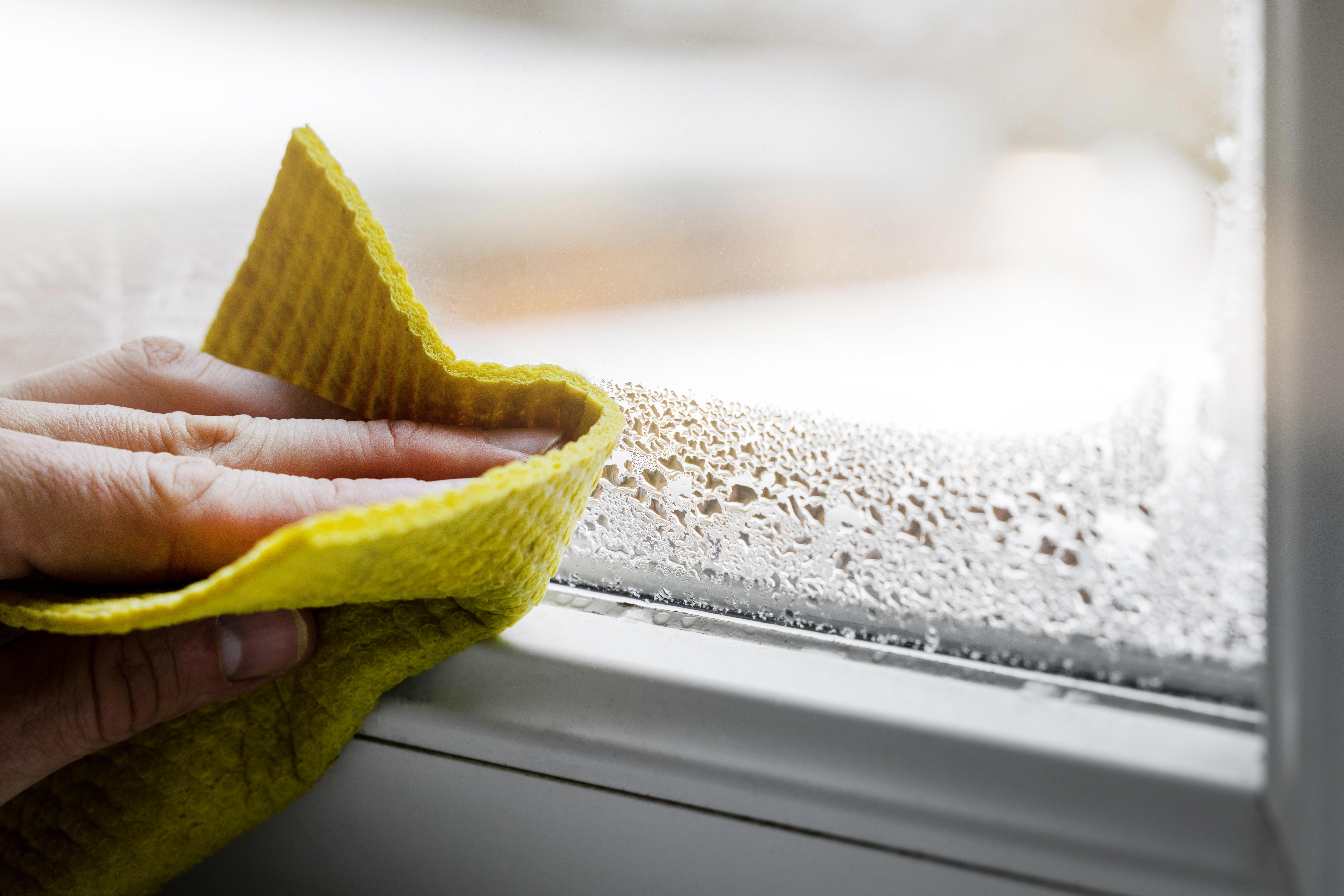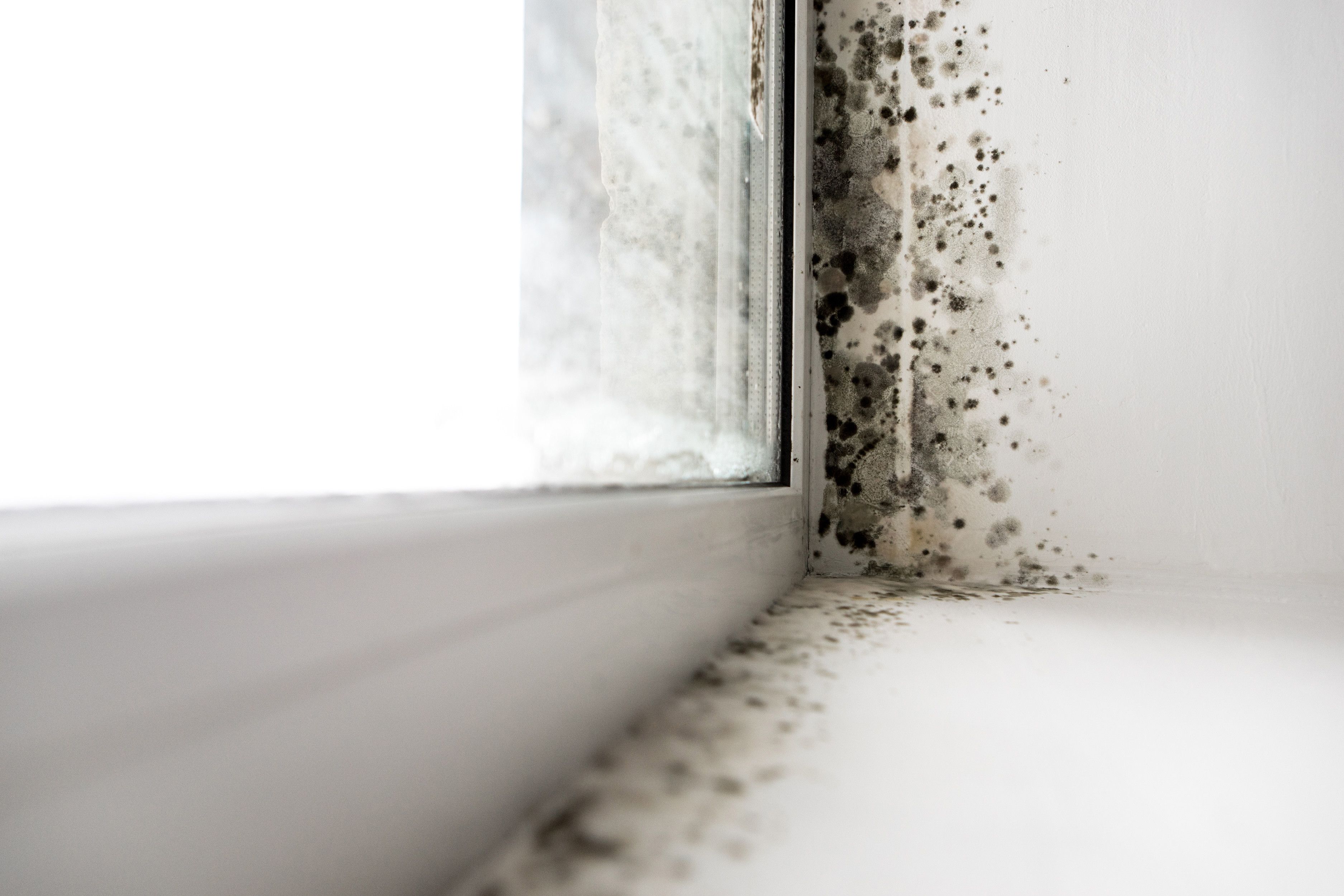-

Your Damp and Mould Service
As your landlord, it is our responsibility to ensure you are safe in your home. If you are experiencing damp and mould, please contact us.
We know damp and mould can be a real worry for many Eastlight residents. That’s why our expert team are on hand to work with you to understand what’s causing the problem and find the best way to fix it and prevent it from coming back.
-

What are the causes of damp and mould?
Damp and mould can arise from a variety of sources but identifying the root cause is not always straightforward. Below are the most common types:
-
Penetrating damp occurs when water enters your home due to a structural defect. Common causes include roof leaks, damaged or poorly sealed windows and faulty or blocked guttering. If penetrating damp is identified, we will investigate the issue thoroughly and carry out the necessary repairs to resolve it.
-
Internal leaks from plumbing fixtures, such as sinks, baths or pipework, can lead to damp patches and mould growth. Our team can assess and repair these issues to prevent further damage.
-
Condensation forms when warm, moist air comes into contact with cold surfaces, such as windows or walls. This is a frequent cause of damp in homes, particularly in areas with poor ventilation. Managing condensation often involves improving airflow and reducing indoor humidity levels.
-
Spotting the signs of damp and mould
-

Awaab's Law
What to expect from us
Awaab's Law, named in memory of two-year-old Awaab Ishak who tragically died due to mould in his home, comes into effect on 27 October 2025.
Our damp and mould service already meets the timelines stated within Awaab’s Law, however we’ve introduced further improvements to ensure you’re listened to, communicated with effectively and receive a speedier resolution.
When you report damp and mould to us, we will:
- Address all emergency issues within 24 hours
- Investigate other reports of damp and mould within 14 calendar days
- Clean affected areas, check the levels of damp, moisture and humidity in your home
- Complete minor repairs, if we can, and book any further repairs that cannot be completed
- Contact you within two days with a summary of our visit and any next steps.





